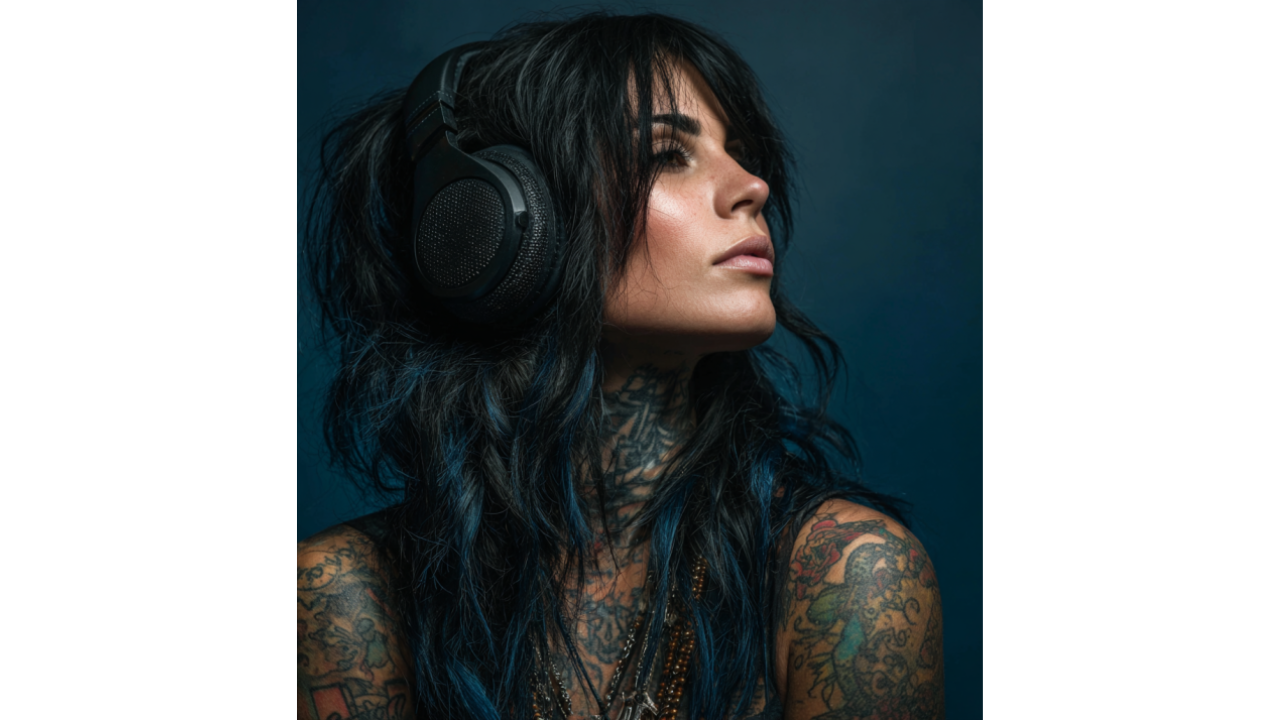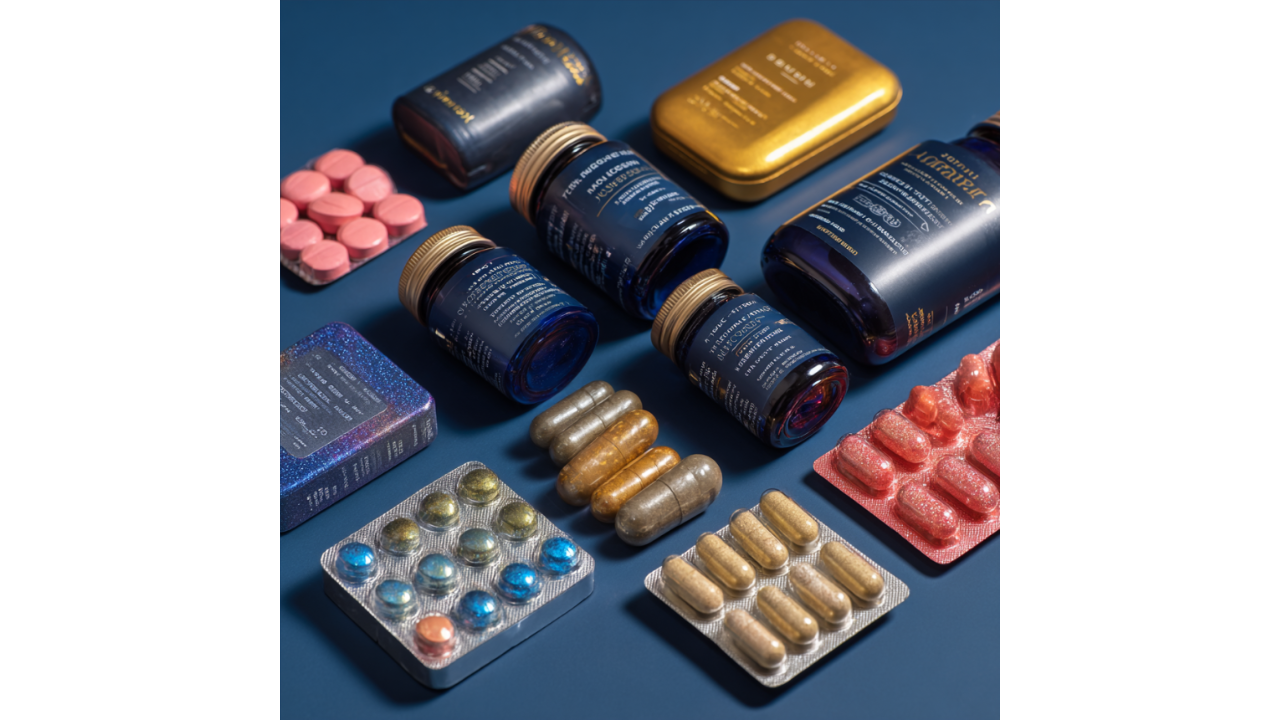Cross-selling in Women's Health: Product Ecosystem Development
Women's health isn't a single problem requiring a single solution—it's an interconnected web of hormonal, reproductive, mental, and physical health...
5 min read
 Women's Health Writing Team
:
Nov 17, 2025 6:59:59 AM
Women's Health Writing Team
:
Nov 17, 2025 6:59:59 AM

A menopause app founder told me she was spending $200,000 monthly on Facebook ads with marginal returns.
"Have you tried podcast advertising?" I asked.
"Podcasts? That seems so... niche."
I pulled up data: 67% of women ages 35-54 listen to podcasts weekly. They listen while commuting, working out, doing household tasks—moments when they're alone, receptive, and thinking about their health. Podcast listeners are 54% more likely to take action after hearing an ad compared to display ad viewers.
"That's my exact demographic," she said slowly. "Why have I been ignoring this channel?"
Six months later, her customer acquisition cost dropped from $87 to $34, and she'd built a sustainable, scalable channel that Facebook's algorithm changes couldn't destroy.
Welcome to streaming audio advertising for women's health—the intimate channel where trust is built through consistency, not clicks.
Unlike visual ads that compete for attention in crowded feeds, audio ads reach women during intimate, receptive moments:
During morning routines while getting ready. Women listen while showering, doing skincare, getting dressed—exactly when they're thinking about their bodies and health.
During commutes while alone in the car. A captive audience with no distractions, processing information deeply.
During solo activities like walking, running, or household tasks. Times when women are physically alone and mentally available.
The intimacy matters. Women's health topics—fertility, menopause, period problems, pelvic health—aren't things women casually discuss in public. But in the privacy of earbuds? They're ready to listen.
What it is: Podcast hosts read your ad copy (or their own version of it) during their show, typically 60-90 seconds.
Why it works: 73% of podcast listeners trust host recommendations. It's the closest thing to word-of-mouth at scale.
Budget: $25-$100 CPM (cost per thousand listeners) depending on show size and niche relevance.
Example budget breakdown:
Tools to find podcasts:
Shows that work for women's health:
Pro tip: Start with mid-tier shows (15K-50K downloads) where you can negotiate direct deals with hosts. They're more affordable, often more engaged audiences, and hosts have more flexibility in how they present your brand.
What it is: Audio ads that play between songs or podcast episodes for free Spotify users.
Why it works: Hyper-targeted based on listening behavior, demographics, and even emotional state (workout playlists versus sleep playlists).
Budget: $15-$25 CPM minimum spend typically $250.
Example budget breakdown:
Tool to use:
Targeting strategy for women's health: Target by:
Creative best practices:
Pro tip: Create separate ads for different playlist contexts. Your ad for workout playlists should sound different than your ad for sleep playlists—match the emotional state.
What it is: Similar to Spotify but skews slightly older demographic (35-55), perfect for perimenopause/menopause products.
Why it works: Less cluttered than Spotify, higher completion rates, and better targeting for older women.
Budget: $12-$20 CPM, minimum spend typically $1,500.
Tool to use:
Example budget breakdown:
Best for: Products targeting women 38-55 (menopause apps, perimenopause supplements, midlife wellness)
What it is: Buy audio ad inventory across multiple platforms (Spotify, Pandora, iHeartRadio, podcast networks) through one platform.
Why it works: Broader reach, sophisticated targeting, easier attribution tracking.
Budget: Typically $10,000-$25,000 minimum campaign size.
Tools to use:
Example budget breakdown:
Best for: Established brands with $15K+ monthly ad budgets ready to scale beyond manual podcast buys.
Regardless of channel, winning women's health audio ads follow this structure:
Hook (3-5 seconds): Start with relatable problem in listener's own words "I used to wake up drenched in sweat three times a night..."
Empathy (5-10 seconds): Acknowledge how this feels "I was exhausted, irritable, and my doctor just said 'it's normal for your age.'"
Solution (10-15 seconds): Introduce your product as the answer "That's when I found [Product]. It's a menopause tracking app that actually helps you identify triggers and find relief..."
Social proof (5-10 seconds): Build credibility "Over 200,000 women are using it to finally get their lives back during menopause..."
CTA (5 seconds): Clear next step "Download free at [BrandName].com/podcast. That's [BrandName].com/podcast."
Total: 30-45 seconds max for programmatic, 60-90 seconds for podcast host-reads.
Early stage (validating channel):
Growth stage (scaling what works):
Mature stage (dominant presence):
Audio advertising attribution is harder than digital but not impossible:
Unique URLs: Create specific landing pages (yourapp.com/podcastname)
Promo codes: Podcast-specific codes (Use code PERIODPARTY for 30% off)
Pixel tracking: Use UTM parameters and track conversions from audio-specific landing pages
Survey on sign-up: Ask "How did you hear about us?" with podcast/audio option
Baseline + incremental analysis: Track new user volume before/during/after audio campaigns
Expected metrics:
Here's the secret: streaming audio advertising builds brand affinity that compounds over time.
Unlike Facebook ads that annoy users, podcast and audio ads from trusted hosts create positive brand associations. When women hear your brand mentioned weekly by a host they trust, during intimate moments in their daily routine, you become part of their mental landscape.
This isn't just customer acquisition. It's brand building.
And in women's health—where trust is everything and category competition is intensifying—that brand equity is worth far more than the immediate conversions.
Start small. Test the channel. Find what works. Then scale into the most intimate advertising channel available.
Need help building a streaming audio advertising strategy for women's health? Winsome's consulting practice helps femtech and women's wellness brands identify the right podcasts, craft messaging that converts, and scale audio channels profitably. Let's talk about building your audio advertising strategy.

Women's health isn't a single problem requiring a single solution—it's an interconnected web of hormonal, reproductive, mental, and physical health...
.png)
Your keyword research shows women searching "best menstrual cup brands" at high volumes. Meanwhile, actual voice queries sound like "Alexa, why does...

Here's a question that should make you uncomfortable: Why has medicine spent most of its history treating women's bodies like slightly defective...